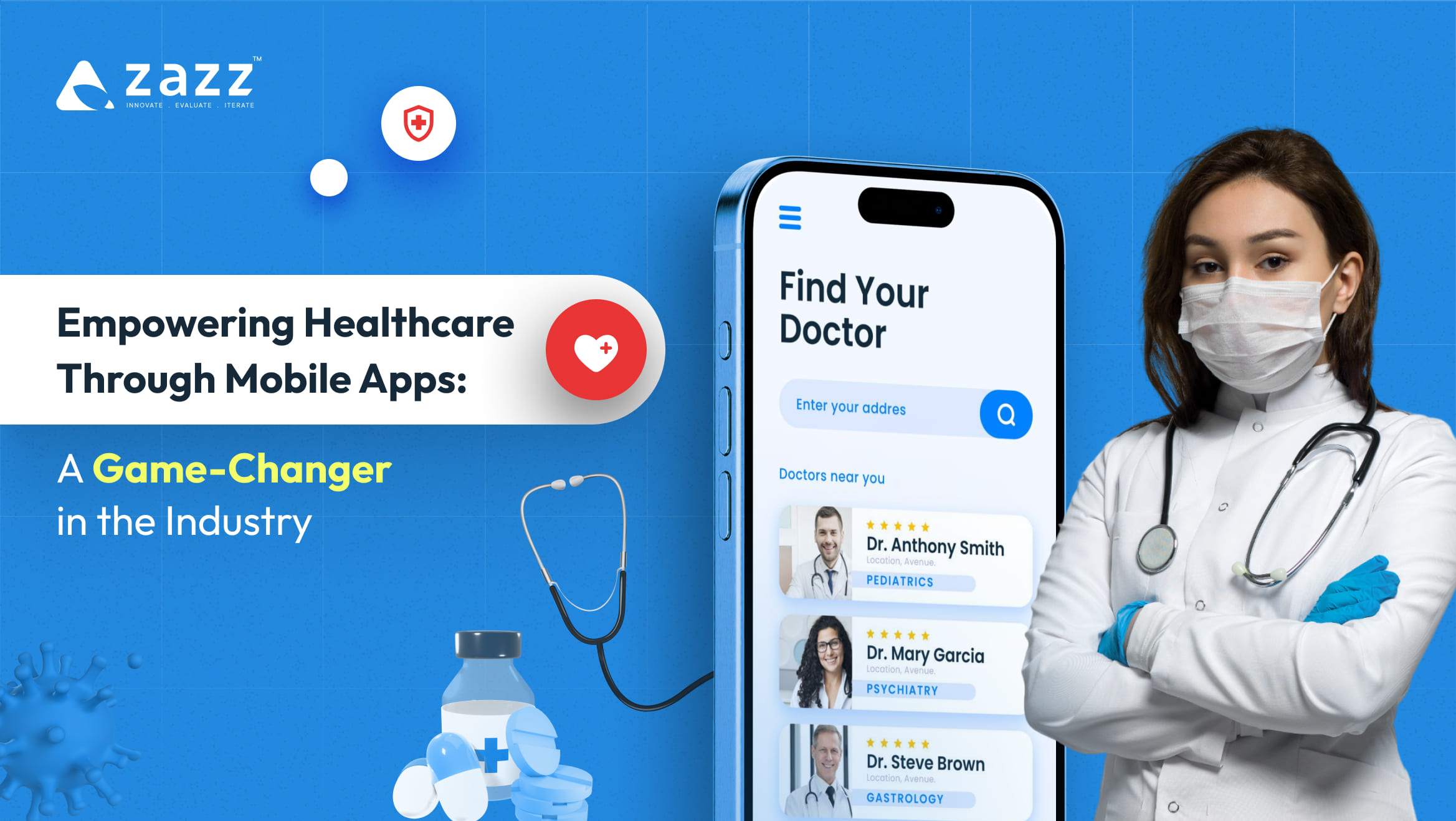
Healthcare IT is rapidly transforming, and mobile apps are at the forefront of this digital evolution. From telemedicine to patient management tools, the demand for innovative healthcare solutions is skyrocketing. However, building and maintaining these apps requires skilled professionals who understand both technology and the unique demands of the healthcare industry.
Finding the right talent for mobile app development in healthcare is no small feat. With evolving regulations, data security concerns, and the need for seamless user experiences, organizations must carefully staff their teams to stay competitive. The right approach to staffing can make all the difference in meeting these challenges effectively.
2025 Trends in Mobile Patient Engagement Platforms
Healthcare organizations are integrating advanced mobile patient engagement platforms to meet growing consumer expectations. By 2025, demand for personalized app features, such as AI-driven chatbots and real-time health monitoring tools, is expected to rise. These technologies enhance patient experiences by providing instant access to medical advice and tailored health recommendations.
Data privacy and interoperability are becoming critical focus areas. Mobile apps now prioritize compliance with HIPAA regulations and secure health data exchange between systems. Platforms that seamlessly integrate EHR systems and support value-based care models are gaining traction.
Increased adoption of appointment management tools is reducing administrative burdens for healthcare providers. Mobile apps offering scheduling, reminders, and virtual consultation functionalities improve operational efficiency and patient satisfaction.
Wellness tracking apps are aligning with preventive care goals. These apps include functionalities like fitness tracking, medication adherence, and chronic disease management. As adoption grows, new opportunities for healthcare app developers are emerging, emphasizing the value of specialized staffing services like those provided by Mojo Trek Mobile App Staffing.
Predictive analytics is shaping patient engagement strategies. Insights derived from app usage patterns and health data help providers deliver proactive, patient-centered care.
React Native vs. Native iOS/Android: Staffing Implications
React Native developers enable faster app development by leveraging shared codebases across platforms. This efficiency appeals to healthcare IT projects requiring rapid deployment, such as telemedicine and wellness tracking apps. However, hiring React Native engineers may limit the ability to optimize apps for platform-specific features critical in regulated environments like healthcare.
Native iOS and Android development teams cater to complex functionality and tailored app performance. Healthcare apps demanding advanced data security, HIPAA compliance, or integration with medical devices often benefit from native development. Recruiting specialists for both platforms may lead to increased staffing costs but aligns better with stringent quality standards.
Healthcare organizations must assess patient needs, interoperability demands, and compliance challenges when choosing between React Native or native app development. Companies like Mojo Trek streamline mobile app staffing by sourcing developers skilled in healthcare-specific technologies, ensuring project scalability and quality.
UX/UI Expectations for Healthcare Apps in a Regulated Industry
Healthcare apps require intuitive UX/UI designs that align with the strict regulatory landscape. Apps must be designed to simplify complex health data while ensuring ease of navigation for both patients and providers. Usability is critical, as patient engagement platforms and appointment management tools need to cater to diverse user groups, including those with limited tech proficiency.
Regulated environments, such as those requiring HIPAA compliance, demand secure and transparent UI elements. Features like consent forms, data-sharing permissions, and notifications on privacy policies must be integrated seamlessly. Designers should also prioritize accessibility by incorporating WCAG-compliant elements, such as screen-reader compatibility and high-contrast designs, to support users with disabilities.
Mobile-first designs are increasingly favored, especially for telemedicine and real-time health monitoring solutions. Components like swipeable appointment scheduling or AI-chatbot interfaces enhance convenience, while ensuring workflows comply with healthcare standards. Visual consistency and error-preventive UI features reduce user confusion and promote trust in regulated health applications.
Staffing for roles such as UX/UI specialists experienced in healthcare app development is essential to meet these standards. Companies like Mojo Trek assist healthcare providers by sourcing experts who can develop user-centric designs that align with industry-specific compliance requirements.
Key Security Features Mobile Developers Must Understand
Mobile app developers working in healthcare IT must prioritize robust security measures to address stringent regulatory standards and protect sensitive health data. Understanding HIPAA compliance is essential, as it dictates guidelines for safeguarding electronic protected health information (ePHI). Developers should implement features like encrypted data storage and transmission to ensure confidentiality across devices and networks.
Authentication and access control mechanisms are critical for app security. Multi-factor authentication (MFA) minimizes unauthorized access risks, while role-based access controls restrict sensitive data to authorized users only. Regularly updating these systems to counter emerging threats reinforces app security.
Developers must incorporate secure API integrations, especially for apps needing interoperability with healthcare systems like EHRs. Vulnerability in APIs can lead to data breaches, so secure coding practices and regular penetration testing help mitigate these risks. By adhering to OWASP (Open Web Application Security Project) standards, teams prevent common vulnerabilities.
Audit trails and real-time monitoring ensure comprehensive oversight of user activity. Logging every interaction within the app supports compliance with regulations and enables early detection of suspicious activities. For example, unauthorized data access attempts can be identified and mitigated swiftly through automated security alerts.
Organizations emphasizing secure app development often engage specialized recruiters like Mojo Trek to find professionals proficient in healthcare-grade security frameworks. Leveraging such staffing expertise addresses talent gaps and ensures applications meet both technical and compliance benchmarks.
How Staffing Firms Are Meeting the Demand for Health App Dev Talent
As healthcare IT evolves, staffing firms are stepping up to bridge the talent gap for mobile app development. By leveraging their networks and expertise, they connect organizations with developers skilled in healthcare-grade security, compliance, and innovative app features.
These firms provide access to specialists in React Native, native development, and UX/UI design, ensuring projects align with industry standards and user expectations. Their tailored approach helps healthcare companies build agile teams capable of delivering secure, user-friendly, and compliant applications.
With the right staffing partnerships, organizations can adapt to the growing demand for advanced health apps, driving better patient outcomes and operational efficiency.

